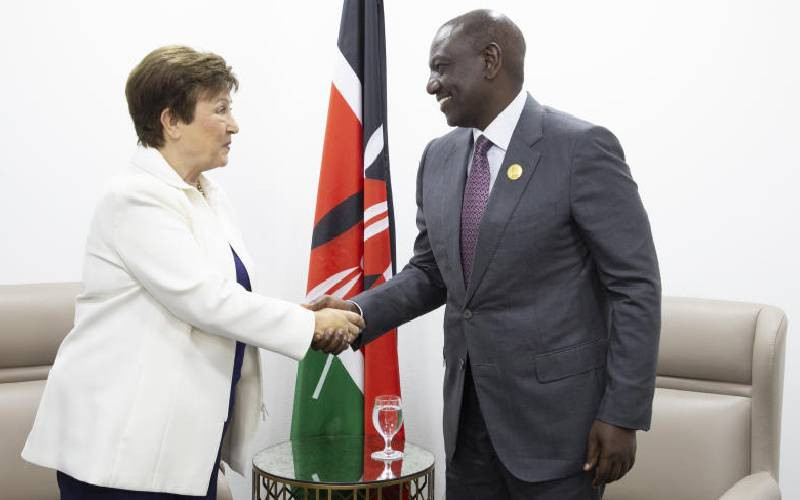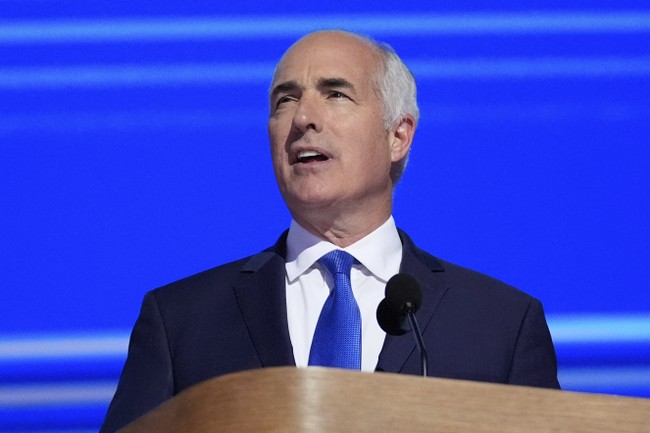Kassala, Sudan — ‘The deeper crisis is that Sudan’s political economy is structured in an unequal and exploitative manner.’
Reports of hunger deaths in displacement camps and cities have been trickling out of Sudan in recent months, highlighting a growing food emergency that is spreading from rural to urban areas and exceeding the response capacity of humanitarian groups.
Almost 12 million people – a quarter of Sudan’s population – are currently estimated to be facing acute hunger. That number could reach up to 18 million as the “lean season” ends this month, according to aid agencies – double the figure recorded in 2021.
Economic and political disorder worsened by an October 2021 coup are contributing to the high levels of need. But conflict, climate shocks, and an exploitative political economy that has long generated hunger are also driving the crisis.
“We have no basic services, and children are dying because of malnutrition,” said Ahmed Adam, from eastern Kassala state, which has some of the highest malnutrition rates in Sudan. “We want the government and international organisations to help us.”
Adam, who is 48, spoke from a health clinic in Kassala, which The New Humanitarian visited last month to better understand how hunger is affecting people. His wife was suffering from anaemia, a blood disorder commonly caused by nutritional deficiencies.
Aid agency reports suggest crisis levels of food insecurity will remain high in the months ahead: The next harvest season could be compromised by late planting due to delayed rainfall and surging input costs, while recent flash floods have damaged cropland.
Growing urban needs
The deteriorating humanitarian situation comes three years after protests led to the downfall of former president Omar al-Bashir. The autocrat had struggled to retain power after South Sudan broke away in 2011, taking 75 percent of national oil wealth with it.
Al-Bashir was replaced by a transitional civilian-military government, which sought debt relief and new funding streams. But appeasing international creditors required painful adjustments that drove severe inflation, including subsidy cuts for fuel and wheat.
The situation worsened when army generals ousted their civilian counterparts last year – a takeover that protesters are still risking their lives to overturn. International assistance programmes were frozen, and living standards fell further.
In the past, hunger in Sudan has mainly affected rural populations and war victims who relocated to city fringes. But the current economic crunch – compounded by the Ukraine war – has deepened food insecurity in urban areas too.
“Sudan has faced hunger before, but in the last century it has never faced levels of hunger as widespread, persistent and acute as today,” stated a recent report by the World Peace Foundation at Tufts University.
Abdul Rahman Mohamed, a resident of the capital city, Khartoum, is one of many struggling to get by. “Life is impossible with the current living conditions,” he told The New Humanitarian. “There is a lack of fuel, cooking gas, and flour.”
Hassan Mahmoud, a 44-year-old Khartoum plumber, added that incomes can’t keep up with rising prices at local markets. “Living in dignity for the lower class, even the middle class, is nearly impossible,” Mahmoud said in an interview in April.
Flooding and fighting
Conflicts around the country have contributed to the food insecurity. Livelihoods have been eroded and farms damaged as hundreds of thousands of people have fled their homes – most notably in the western Darfur region and in southern Blue Nile state.
Meanwhile, lengthy dry spells and pest and disease outbreaks have reduced harvests across the country. National cereal production from the 2021/22 agricultural season was 35 percent lower than the previous period.
The consequences of these converging issues were plain to see at the health clinic in Kassala’s Talkook locality. The state, which borders Eritrea, has suffered from recent flooding, drought, and conflicts exacerbated by a 2020 nationwide peace deal.
Though Kassala has long had poor social indicators, children in the region are now “facing the threat of death due to severe malnutrition”, said Rasha Ali, a UNICEF worker based in Khartoum.
Among those at the health centre was 31-year-old Aisha Ibrahim, who had recently lost two newborn children to hunger-related deaths. “All this suffering is because of malnutrition,” said Ibrahim, who had brought a third child to the clinic for a check-up.
Also at the health centre was 55-year-old Mariam Ahmed. She said her daughter was suffering from anaemia and her grandson from weak bones and stunting – a growth and development condition caused by malnutrition.
“The lack of food because of drought and the very high prices of food recently is the main problem that we are suffering from in this area,” Ahmed told The New Humanitarian.
UNICEF’s Ali said these problems exist across the country. “Around 12 percent [of children] are suffering because of malnutrition, while one in three children are suffering from stunting,” she said.
Structural injustice
Despite the rising needs, aid groups have been cutting back on assistance because they are short on funds. In June, the UN’s World Food Programme announced it had halved rations for refugees – among the groups most vulnerable to hunger.
Still, several leading Sudan researchers argue that humanitarian aid won’t solve food insecurity. They say change requires structural reforms to a political system that has long seen rulers place their survival above the needs of rural populations.
Sudan’s foreign exchange, for example, mostly comes from exports earnt from rural production. Yet the cash generated has historically funded bread imports for urban dwellers – a more valued constituency for Khartoum than rural sorghum eaters.
Military and political elites have also maintained their rule by waging vicious counterinsurgency campaigns in rebellious peripheries. These wars have led to starvation crimes and the destruction of rural livelihoods.
Decades of displacement have created a pipeline of landless workers who labour on commercial farms around the country. They often don’t have enough money to buy the very food they are producing.
“The deeper crisis is that Sudan’s political economy is structured in an unequal and exploitative manner that generates both widespread chronic hunger and intermittent humanitarian emergency and famine,” stated the Tufts University report.
Back in Kassala, 55-year-old Ahmed said her immediate concern was that doctors help her stunted grandchild become “a normal and healthy boy” – one able to play with other children in his village.
“He is very short and cannot walk well, which means he cannot play with the other children that are his age,” Ahmed said at the health clinic. “This is very painful for me and for our family.”
Edited by Philip Kleinfeld.
Mohammed Amin, Freelance journalist in Sudan


















Discussion about this post